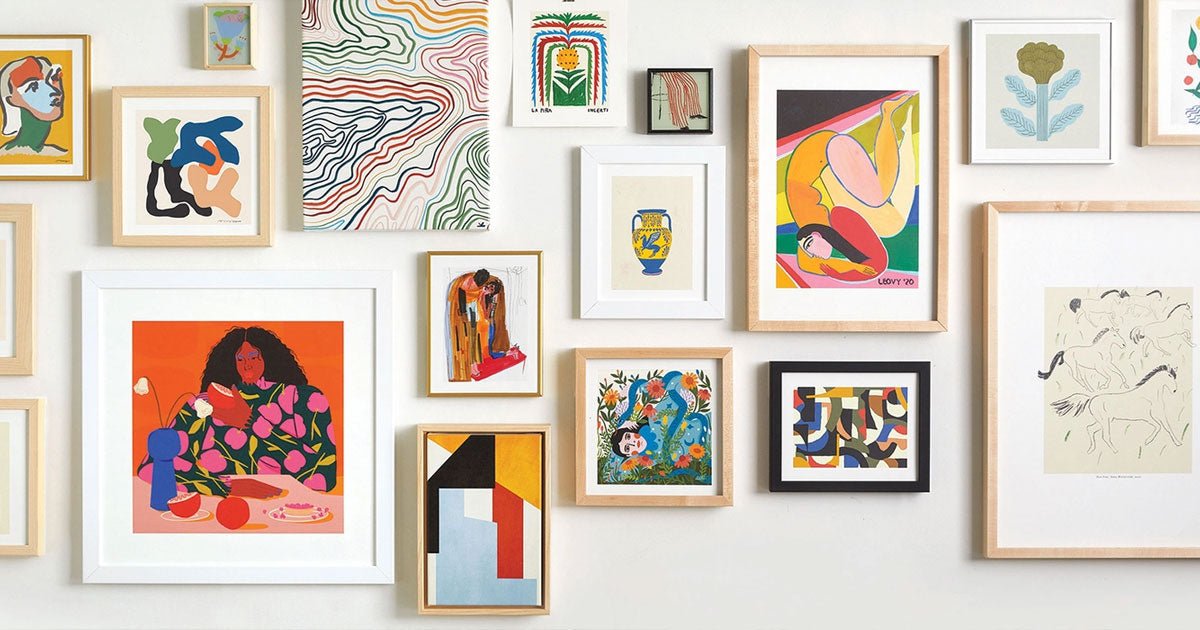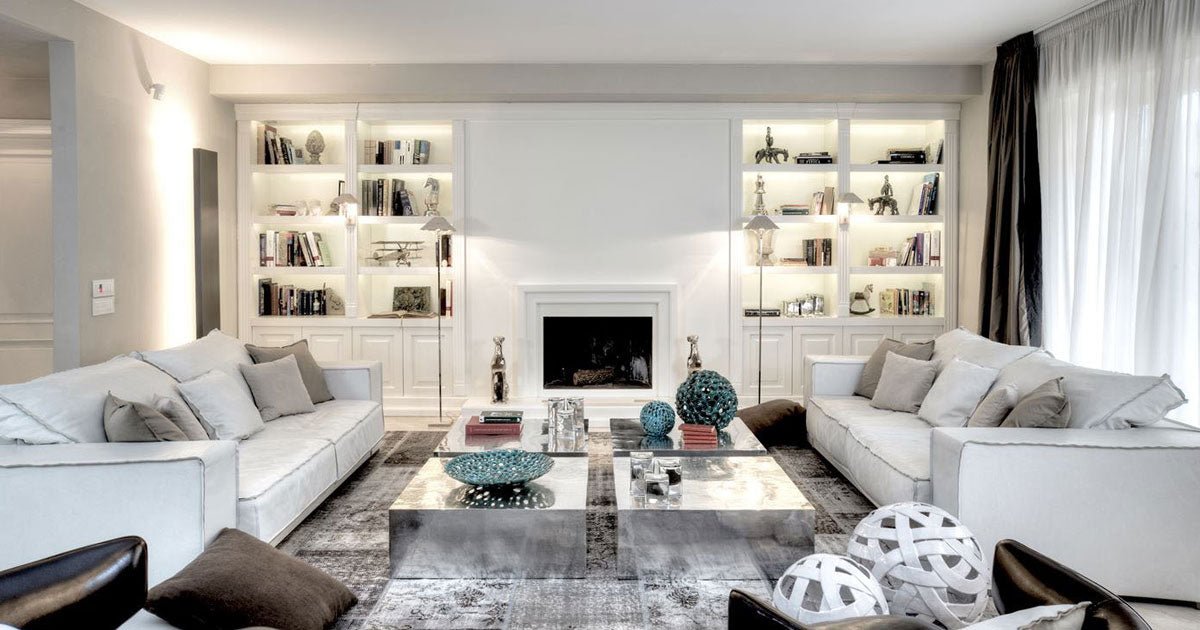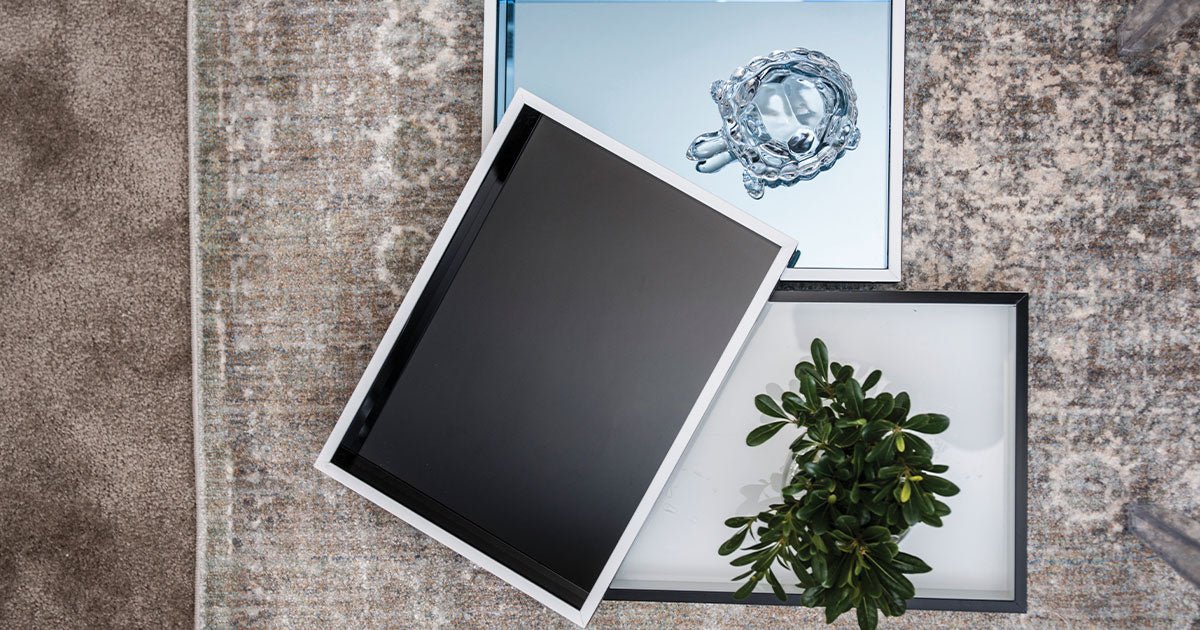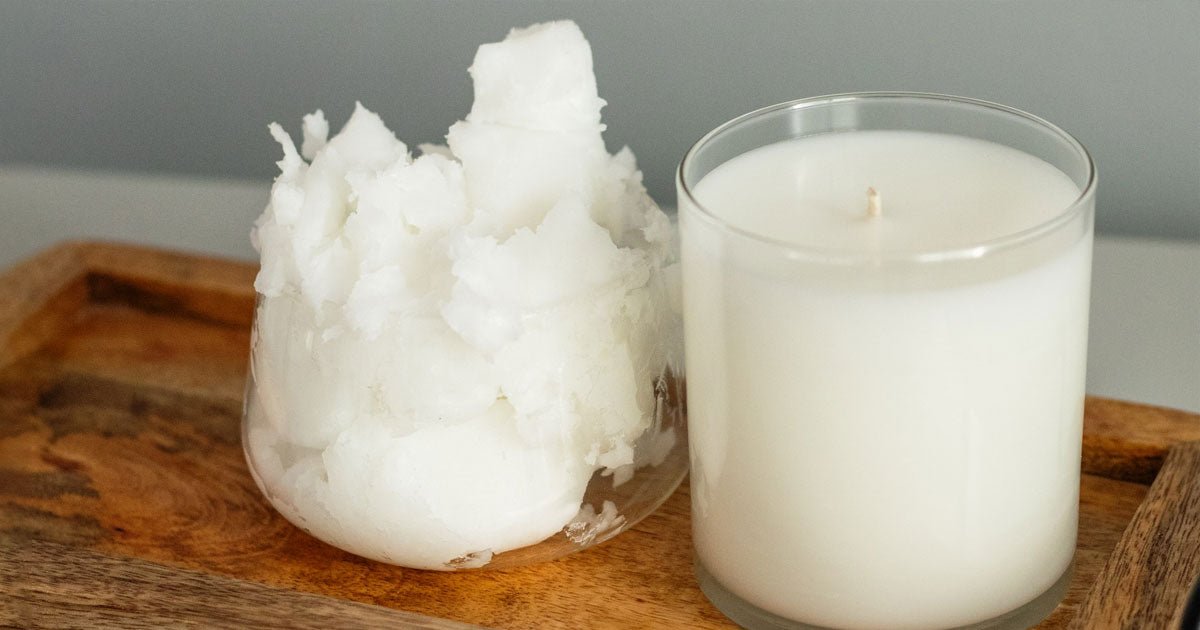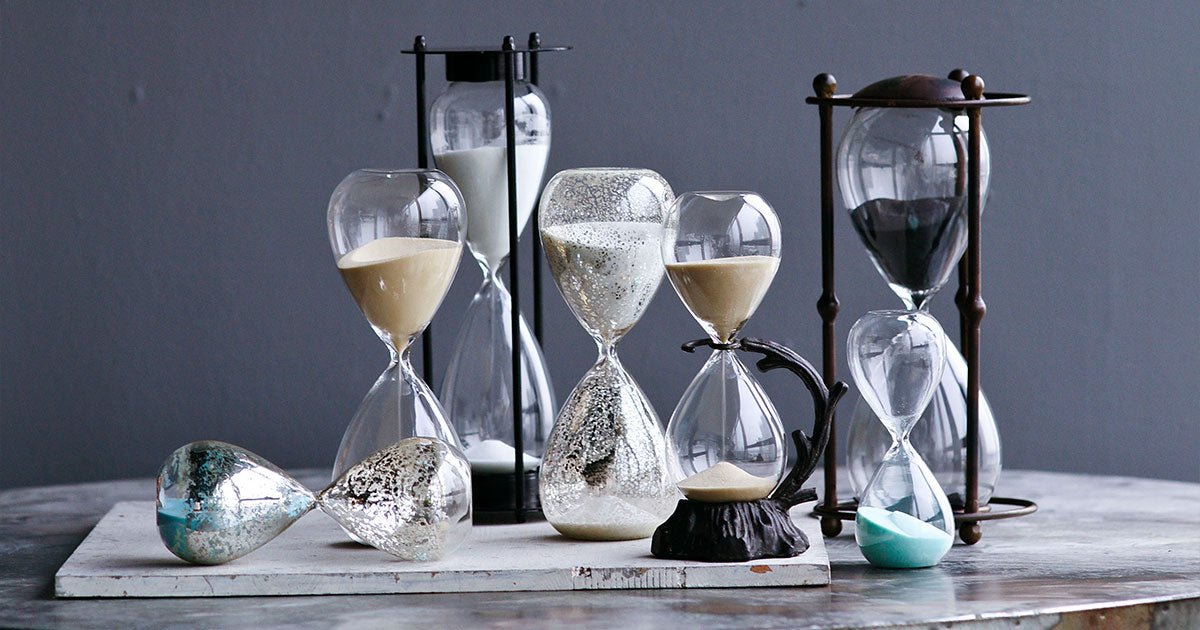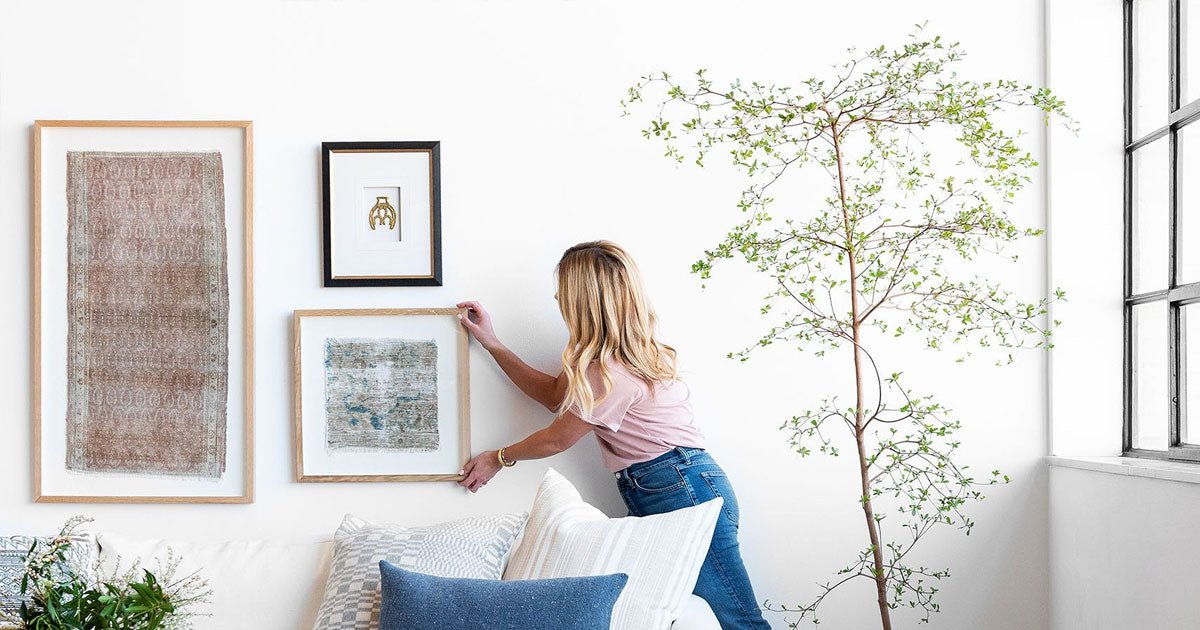The big blank wall in your new home is haunting you. There are various ways to fill up an empty canvas - do you buy a singular, prominent painting, or purchase a placeholder that can be changed every few months, or create a mixed media gallery wall? Indecision causes procrastination, and perhaps after shopping around for quite a bit, you can't seem to commit to anything. We have a few art tips on how you can alleviate your art shopping frustrations to approach blank walls with confidence. No more second-guessing!
How to start art shopping?
Set a budget and follow it. No need to shop for the most expensive art for the best, there are affordable options and one-of-a-kind pieces to select from Singapore's widest range of framed licensed prints.
The myth that art and prints are out of the masses' reach is quite outdated, evident by the growing independent artists and communities locally, and corporations offering artist residencies in their business model.

How to set a style?
Spending some time at art galleries and exhibitions are great jumping-off points. Alternatively, build a collage based on images that strikes your eye on Instagram, Pinterest, or on any corner of the internet, and trace the patterns or colours you are drawn to.
To buy artwork that ties in accent colours in your decor, create a colour palette using free tools and shortlist pieces for a super practical purchase.

Where are some key placements where art works well in a home?
Larger or investment pieces have the best effect in social rooms like a living room or a dining room. These are places where one spends a lot of time, and your guests can also get to appreciate it. Why not share a good thing?

Which pieces should be placed on their own or as part of a gallery?
Scale is the important metric to look out for. Smaller photos and artworks work the best for galleries to showcase a smorgasbord of colours, styles, and quirky frames. Place these galleries in your entryway or guest bedroom to add a charming quality and freshness to the space.

Art tip to determine the right size and height placement?
Eye-level height cannot go wrong, or read this article for more in-depth tips.
For pieces that are featured above furniture apply the following rule. The rule of thumb is selecting an artwork that is 2/3rds of the length of the furniture for best visual proportions and symmetry.

When it comes to hanging art, here are a few tips and guidelines that can help you create an aesthetically pleasing and visually balanced display. Here are some art hanging tips to consider:
Eye Level Placement:
Hang your art at eye level. Which is generally around 57-60 inches (145-152 cm) from the floor. This ensures that the artwork is easily visible and allows viewers to appreciate it comfortably.
Center of Focus:
When hanging a single piece or creating a gallery wall, aim to position the center of the artwork at eye level. This helps create a balanced composition and draws attention to the piece.
Proper Spacing:
Leave adequate spacing between multiple artworks to allow each piece to stand out individually. Aim for approximately 2-3 inches (5-8 cm) of space between each frame to create a visually pleasing arrangement.
Balance and Symmetry:
For a more traditional and formal look, you can achieve balance by hanging equally sized and spaced artworks. Symmetrical arrangements can create a sense of order and harmony.
Experiment with Layouts:
Don't be afraid to experiment with different layout options before finalizing the placement. You can try arranging artwork on the floor or using paper templates to visualize the layout on the wall before making any holes.
Consider the Surroundings:
Take into account the surrounding furniture, architectural features, and wall color when choosing the placement of your art. The artwork should complement and enhance the overall space.
Lighting:
Consider the lighting in the area where the art will be displayed. Natural or directional lighting can accentuate the artwork and create a focal point.
Weight and Size:
Larger and heavier pieces generally work best on larger walls or as standalone focal points. Smaller pieces or a collection of smaller artworks can be grouped together to create a visually dynamic display.
Frame and Matting:
Choose frames and matting that complement the artwork and the overall style of the space. The frame should enhance the artwork without overpowering it.
Leveling and Securing:
Ensure that your artwork is level by using a spirit level or measuring tape. Use appropriate hanging hardware, such as hooks or anchors, to securely hang the artwork and prevent it from shifting or falling.
Remember, these tips are meant to serve as guidelines, and you can always experiment and trust your own artistic instincts when it comes to hanging art. The goal is to create a display that brings joy and enhances the visual appeal of your space.
What are the rules for buying and hanging art? Which rules should be broken?
Beauty lies in the eyes of the beholder, and for adventurous creatives, some rules are made to be broken. For beginner art collectors, we always recommend making safe, pragmatic choices for your interiors to avoid any regrets.
Recommended Links
- Learn more about Home Accessories.
- Learn more about Licensed Prints And Wall Art.
- Home accessories and wall art clearance sale.
- Follow our facebook page for the latest deals.

